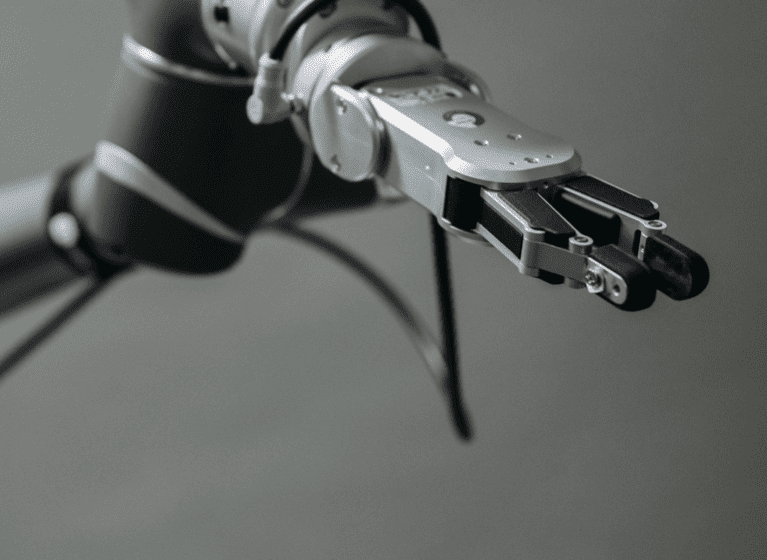The patentability of computer-implemented inventions in Australia has been an area of uncertainty (and frustration for some patent applicants) for many years. Australia’s High Court recently grappled with this issue in Aristocrat Technologies Pty Ltd v Commissioner of Patents1.
This is the first time the High Court has directly considered the subject matter eligibility of a computer-implemented invention, in this case an electronic gaming machine distinguished by its implementation of a feature game. Given this, there was some hope that the decision would provide general clarity around this issue.
Sadly, this has not eventuated, as a six member bench of the High Court split 3-3. Chief Justice Kiefel and Justices Gageler and Keane found that Aristocrat’s invention was not patentable subject matter, whereas Justices Gordon, Edelman and Steward found that it was patentable subject matter. Whilst this means Aristocrat’s appeal was unsuccessful, the decision continues the uncertainty on the patentability of some computer-implemented inventions.
The invention claimed by Aristocrat was a gaming machine (e.g. a slot or poker machine). The gaming machine’s hardware was standard. The differentiating features of the claimed gaming machine lay in the configuration of the game controller to provide a particular feature game. All judges agreed with the uncontroversial background that claims to the rules of a game would not be patent eligible. They differed on whether this exclusion to patentability extended to the claims to a gaming machine – i.e. to claims in which the idea for the rules of the game has been implemented in a machine.
Justices Kiefel, Gageler and Keane were of the view that the claimed invention takes its character, for the purposes of the inquiry into patent eligibility, from the elements of the claim which are not common general knowledge. In this case, those elements related to the operation of the feature game. It therefore followed that as the substance of the claim was not patentable subject matter, the claimed invention was not patentable subject matter.
In contrast, Justices Gordon, Edelman and Steward were of the view that a characterisation of a claim should include all of the matters that properly form part of the idea, as well as its implementation. They considered that ignoring the means of implementing the idea, even if those means were part of the common general knowledge, resulted in an artificially specific characterisation, which could confine any claim to a mere intellectual idea. They considered that “an abstract idea which is implemented on a computer to produce an artificial state of affairs and a useful result” (underline emphasis added) is patentable subject matter.
The subject matter eligibility requirement in Australia arises out of the section of the Australian Patents Act that requires an “invention”, so far as claimed in any claim, to be a “manner of manufacture”2. As a matter of principle the justices appear to be adopting different interpretations of “invention” for the purposes of evaluating patent eligibility.
In Kimberly-Clark3 Gleeson CJ,McHugh, Gummow, Hayne and Callinan JJ considered use of the word “invention” in the Australian Patent’s Act and acknowledged that, both in ordinary parlance and in patent legislation, it is used in various senses. Two of these senses, which may be viewed as referring to all features of the relevant claim, are:
- “The embodiment which is described and which the claims are drawn” and
- “The subject-matter of a claim – especially that of the broadest claim”.
The other two may be viewed as putting aside the known elements of the claim:
- “The inventive step taken by the inventor” and
- “The advance in the art made by the inventor”.
Justices Kiefel, Gagelar and Keane appear to adopt an interpretation of “invention” for the purposes of subject matter eligibility that is largely consistent with the fourth interpretation – considering the advance in the art with respect to the common general knowledge. Justices Gordon, Edelman and Steward appear to adopt an interpretation of invention more consistent with the first two options. None of the justices considered the third option to be appropriate, as the inquiry into inventive step was acknowledged by all to be distinct from the inquiry into patent eligibility.
In Kimberly-Clark, the justices quoted from the text by Mr Blanco White QC, which stated with reference to the fourth option “This is likely to be broader and more fundamental than would correspond with any claim”. It seems that this sentence encapsulates the controversy:
- On one hand, the approach of Justices Kiefel, Gagelar and Keane may be argued to appropriately focus on the fundamental/important/central aspect of the invention. In doing so, however, the approach could potentially be criticised for broadening/abstracting the claimed invention too much.
- On the other hand, the approach of Justices Gordon, Edelman and Steward may be argued to appropriately focus on the invention as claimed, not the idea that led to the invention. In doing so, however, this approach could potentially be criticised for taking a too narrow view of the invention, allowing mere intellectual information to be transformed into patentable subject matter by claiming it together with an already well-known mode of implementation.
Whilst the decision here relates to gaming machines, the issues have a far wider reach. The response to the High Court decision by the Patent Office the Federal Court may affect a wide range of inventions in which the inventive concept is implemented by a general purpose device – e.g. a computer.
So what next?
At the date of writing, the Australian Patent Office has released an initial comment that the Commissioner of Patents will consider the implications of the decision. The Office indicated that at this stage the Commissioner’s practice will remain to consider that a claimed invention will not be patent eligible “if it is merely directed to the implementation of an otherwise unpatentable idea in conventional and well-understood computer technology”. A lot is tied up in the word “merely” here – the word can accommodate either approach of the High Court.
That statement by the Patent Office is, likely intentionally, sufficiently vague to encompass a number of potential approaches to examination. Settling an approach may not be easy – the area of disagreement by the justices of the High Court go to the fundamental question of what is being considered for patent eligibility. In addition, existing Federal Court decisions from which the Patent Office drew guidance have either been shown to be open to two different interpretations or have been viewed as incorrect by several members of the High Court in the Aristocrat decision. Patent applicants will need to await a further update from the Australian Patent Office, or proceed with the examination of their applications, to obtain more details on how examination practice will be influenced by the High Court’s judgment. Perhaps one of the first to discover this will be Aristocrat itself, which had over 200 pending applications with the Australian Patent Office when the judgment was delivered. It will also be very interesting to see the approach taken in the next case to come before the courts in Australia.
1 [2002] HCA 29
2 Australian Patents Act 1990, Section 18(1)(a)
3 Kimberly Clark Australia Pty Ltd v Arico Trading International Pty Ltd (2001) 207 CLR 1




